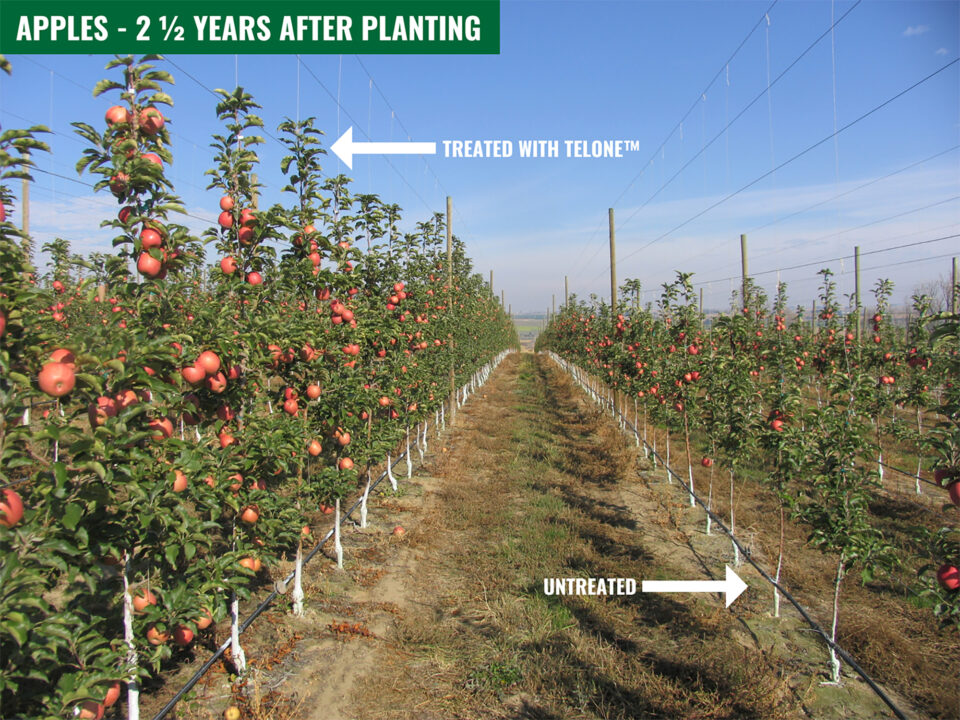Virus Slams California Tomatoes

Tom Turini has seen beet curly top before. In fact, he sees it in the tomato fields of Fresno County, CA, every year. It’s just that most years the virus isn’t serious enough to cause economic damage, says the University of California Cooperative Extension vegetable crops farm advisor. But that wasn’t the case this year, which he says is the worst he’s seen.
“We were detecting very high leafhopper population densities in March — more than double the average,” he says. “At that point, 85% of the leafhoppers tested were positive for beet curly top virus.”
Tomato plants, both fresh and processing varieties, with curly top become stunted as growth ceases. Leaves become thickened, cup upward, and turn purple with enlarged veins. Green fruit turns red, regardless of age. The plants then become stiff and die.
“Most fields had at least 20% plant loss, and some had so much that they could not be farmed,” says Turini.
There is only one vector of beet curly top virus: the beet leafhopper. The virus and the beet leafhopper have very wide host ranges. Once acquired by the leafhopper, beet curly top virus is carried for the rest of the leafhopper’s life, and that’s one of the reasons long distance spread is not uncommon.
Infected plants are often widely scattered in a field, though the margins of the field are often particularly hard-hit because leafhoppers like to feed on plants that border bare soil areas.
Prepping For 2014
Some people are saying that beet curly top could be even more of a problem for California tomato growers in 2014 if this coming winter is another dry one. That’s because the pests generally overwinter in the foothills of the coast range west of the San Joaquin Valley, migrating down to the valley in late spring. Some growers reason that if the winter is a dry one, the pests are more likely to come down to the valley earlier in spring in search of moisture.
Turini has heard those comments, but he isn’t so sure. “It’s hard to predict. Sure, it could be bad if we have a dry winter, but I’m not comfortable saying that with any kind of conviction,” he says. “There are too many aspects of this that we don’t understand very well.”
For one thing, last year’s dry winter might not have been the only reason the beet curly top incidence was so high. Entomologists are starting to think that at least some of the beet leafhoppers are beginning to overwinter in the valley. Not only were growers hit hard, but some of those growers farm in the Reedley area, which is a good 50 miles from the coast range. While beet leafhoppers are strong fliers, that’s quite a distance.
“Not only that,” adds Turini, “we saw high levels 20 miles from the coast range that were much worse than those found in fields near the coast range.”
If there is a resident population of the pests in the valley, that means growers can’t count on the current model, because it is based entirely on pest migration. He and his colleagues are trying to get funding to work with an epidemiologist to put together a new model so that they can more accurately predict disease outbreaks, but currently that’s only a proposal.
Setting Traps
In the meantime, he suggests that growers put out yellow sticky traps before planting. The sticky traps won’t prevent an infestation, but it’s better than nothing, says Turini. “You at least get a sense of what your risk is,” he says.
For larger growers farming fields of 100 acres or more on buried drip irrigation, Turini says they should consider a prophylactic pesticide application. A neonicitinoid that is effective on beet leafhopper is a good choice because it is systemic. This won’t eliminate curly top because the leafhopper transmits the virus immediately upon feeding, but can lessen the incidence.
For this reason, a neonic application might not help on a smaller field because the entire field might become infected before the leafhoppers are eliminated or have simply moved on. That’s because while beet leafhoppers can cause tremendous damage in tomato fields, Turini says they don’t prefer tomatoes. Therefore, they will not stay on a plant, but feed for a period of time and then move.









